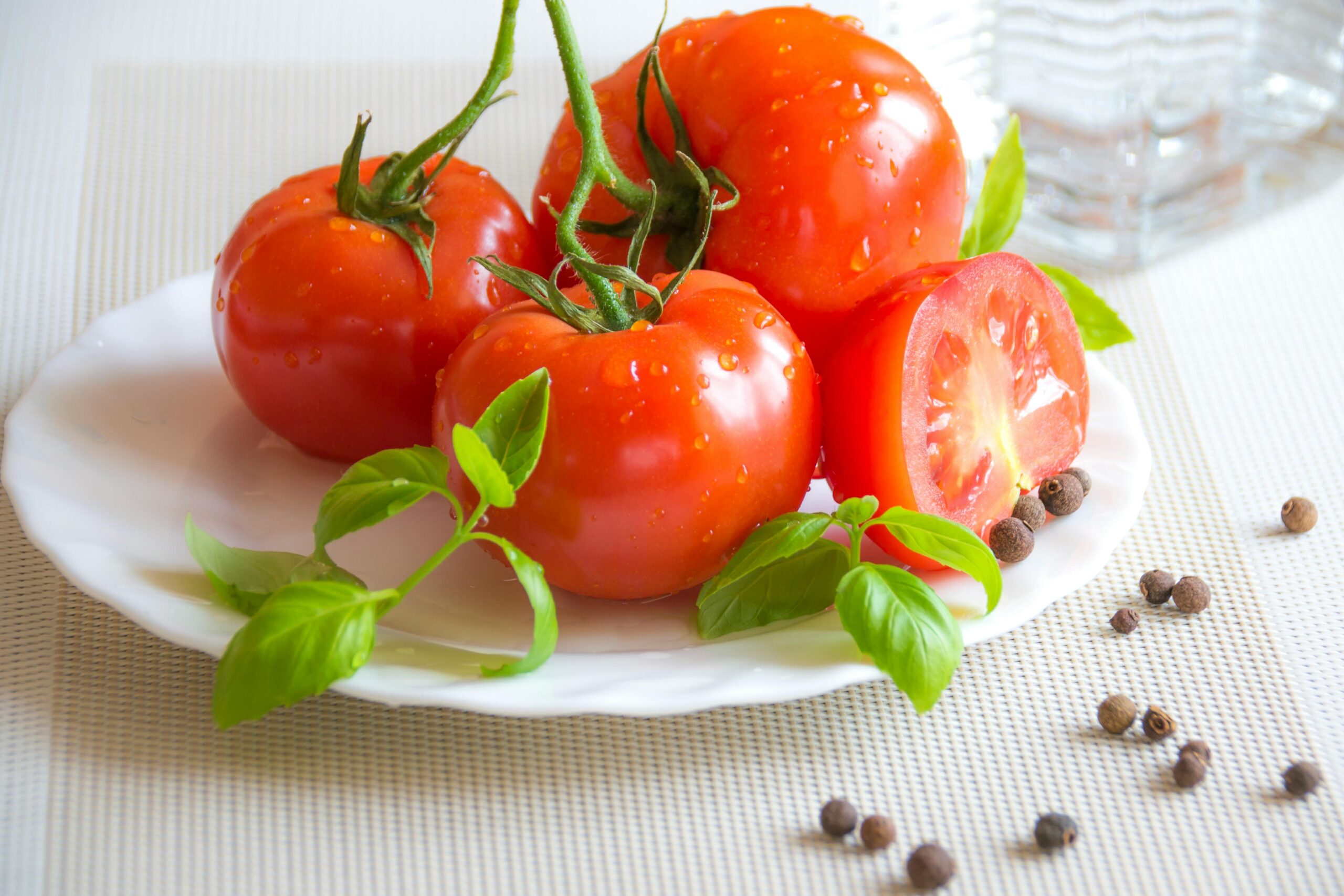Growing tomatoes at home is not only a rewarding experience but also a delicious one. For gardening enthusiasts and beginners alike, growing tomatoes can be a fruitful endeavor if approached with the right knowledge and techniques. In this article, we will explore various aspects of cultivating tomatoes in your backyard or even on your balcony. From selecting the right variety to understanding the nuances of watering and fertilization, we’ll cover everything you need to know for a successful harvest.
Selecting the Right Tomato Variety
Before planting, it’s crucial to choose the right tomato variety for your specific conditions. Determinate varieties grow to a fixed size and produce all their fruit at once, making them ideal for canning. Indeterminate varieties, on the other hand, continue to grow and produce fruit throughout the season, perfect for fresh eating. For instance, if you have limited space, cherry tomatoes like ‘Sweet 100’ or ‘Yellow Pear’ are excellent choices due to their compact size and abundant yield.
Preparing the Soil
Healthy, well-draining soil is the foundation of a thriving tomato garden. Tomatoes prefer slightly acidic soil with a pH between 6.0 and 6.8. Incorporating compost or aged manure can enhance soil fertility and structure. A common mistake is planting tomatoes too shallow; instead, bury them up to the first set of leaves to encourage robust root development. This deep planting technique helps plants access more nutrients and water, leading to stronger growth.
Proper Planting Techniques
Planting tomatoes properly sets the stage for their growth. Space plants about 18-24 inches apart to ensure adequate air circulation, which helps prevent diseases. Moreover, planting them too closely can lead to competition for nutrients and water. It’s also beneficial to install cages or stakes at the time of planting to support the plants as they grow, preventing the stems from breaking under the weight of the fruit.
Watering Wisely
Watering is a critical component of tomato care. Tomatoes require consistent moisture but dislike being waterlogged. Watering deeply and less frequently encourages the roots to grow deeper into the soil, making the plants more drought-resistant. For example, water thoroughly once or twice a week, adjusting based on weather conditions. Mulching around the base of the plants can help retain moisture and regulate soil temperature, leading to healthier plants.
Fertilization Strategies
Tomatoes are heavy feeders, meaning they require regular fertilization for optimal growth. A balanced fertilizer with equal parts nitrogen, phosphorus, and potassium works well during the early growth stages. Once the plants start to flower, switching to a fertilizer higher in phosphorus supports blossom and fruit development. For example, a 5-10-5 fertilizer can provide the nutrients necessary for fruiting. Always follow the instructions on the fertilizer package to avoid over-fertilization, which can harm the plants.
Preventing Common Pests and Diseases
Tomato plants can be susceptible to various pests and diseases. Common pests include aphids, tomato hornworms, and whiteflies. Regularly inspect your plants and remove any pests by hand or use insecticidal soap for severe infestations. Diseases such as blight and blossom end rot can be mitigated by proper watering practices and crop rotation. For instance, avoid planting tomatoes in the same spot year after year to reduce the risk of soil-borne diseases.
Harvesting and Storing Tomatoes
Knowing when and how to harvest tomatoes can impact their flavor and longevity. Tomatoes should be harvested when they are fully colored and slightly firm to the touch. For the best taste, let them ripen on the vine. If frost threatens, green tomatoes can be picked and ripened indoors. Store tomatoes at room temperature, as refrigeration can diminish their flavor and texture. For example, a windowsill or countertop is an ideal spot for ripening.
Linking to Relevant Resources
For more detailed information on tomato varieties and care, check out our previous post on “Top Tomato Varieties for Container Gardening.” Additionally, our guide on “Natural Pest Control Methods for Your Vegetable Garden” offers useful tips on managing pests organically.
Conclusion
Growing tomatoes at home can be a delightful experience, yielding a bountiful supply of fresh, flavorful produce. By selecting the right variety, preparing the soil properly, and employing effective planting and care techniques, you can ensure a successful tomato harvest. Remember, the key to thriving tomatoes lies in consistent care and attention to detail. Happy gardening!

